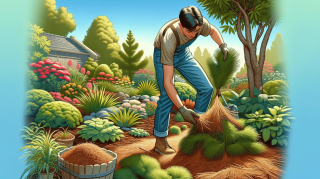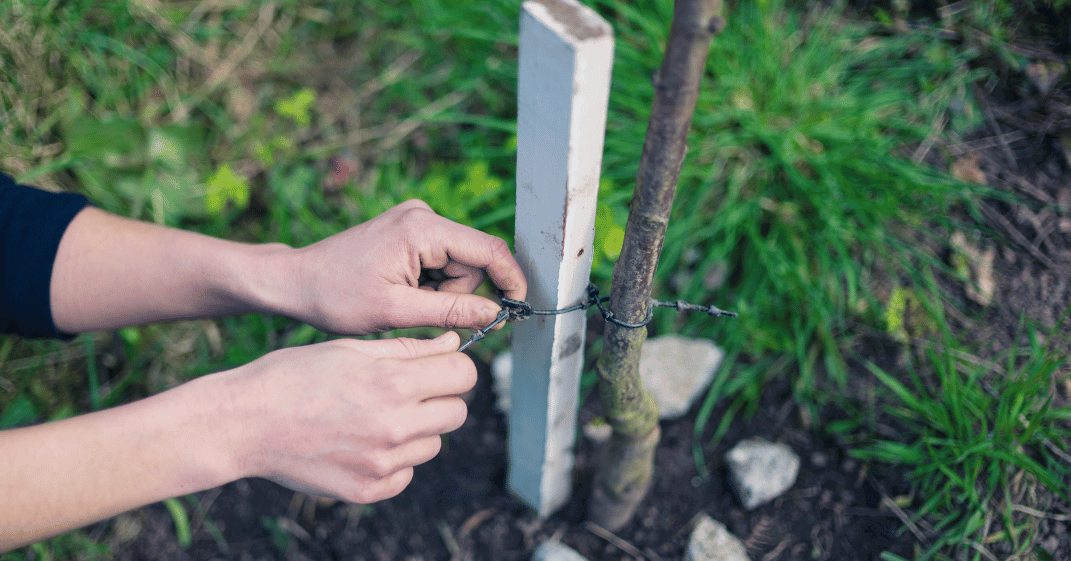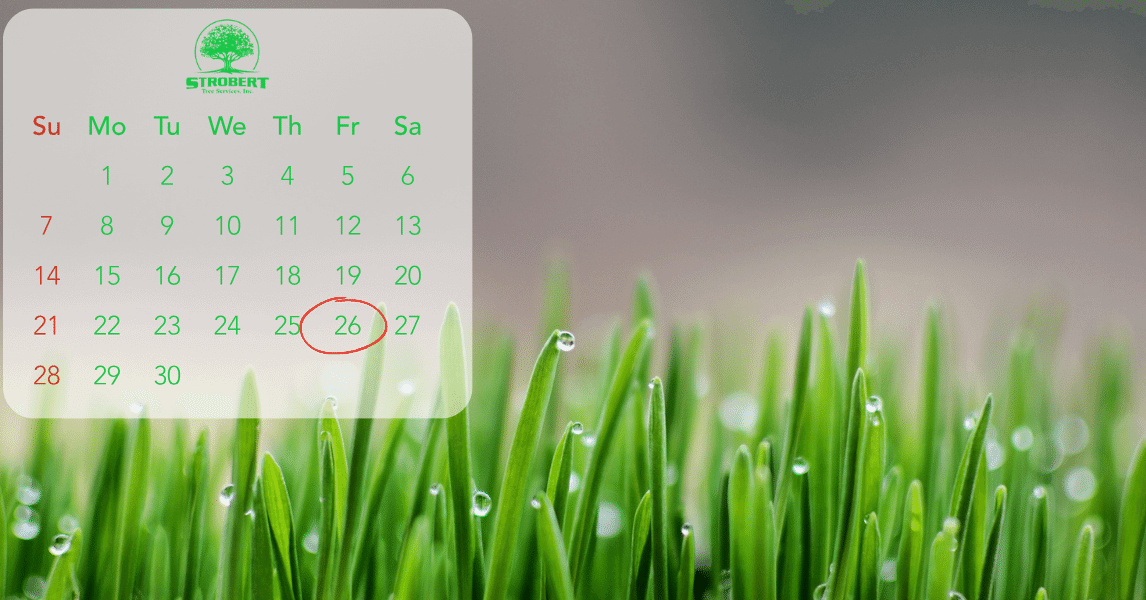In gardening and landscape maintenance, mulching is a pivotal practice in nurturing and protecting plants. Among the plethora of materials available for mulching, pine needles, often referred to as pine straw, present an intriguing option. Strobert Tree Services, with its longstanding expertise in tree care across Delaware, Pennsylvania, and New Jersey, delves into the specifics of using pine needles as mulch, elucidating its benefits and drawbacks.
Can You Use Fallen Pine Needles as Mulch?
Yes, fallen pine needles can be utilized effectively as mulch. This practice not only recycles a natural byproduct but also contributes to the health and beauty of your landscape. When gathered and spread around plants, pine needles create a breathable, lightweight layer that insulates the soil, preserving moisture and suppressing weeds.
Benefits of Using Pine Needles as Mulch
1. Soil Moisture Retention: Pine needles help retain soil moisture by reducing evaporation. This is especially beneficial during dry spells, ensuring plants receive the hydration they need without frequent watering.
2. Temperature Regulation: Pine needles moderate the soil temperature by insulating it, keeping it warmer in cooler months and cooler during the hot season. This temperature regulation protects plant roots from extreme conditions hindering their growth.
3. Natural Decomposition: As pine needles decompose, they enrich the soil with organic matter, improving its structure and fertility. This gradual enrichment supports the robust growth of garden and landscape plants.
4. Erosion Control: Pine needles' interlocking nature makes them an excellent solution for controlling erosion on slopes and in areas prone to water runoff. Their structure helps retain soil and prevent the wash away of nutrients.
5. Aesthetic Appeal: Pine needles add a rustic charm to the landscape. Their golden-brown color complements the greenery, enhancing the overall visual appeal of the garden or yard.
The Cons of Pine Needles as Mulch
Despite their numerous advantages, pine needles also have some drawbacks worth considering.
1. Weak Against Weeds: While pine needles can suppress some weed growth, they are not always effective against more aggressive weeds. Weeds with solid root systems may still emerge through the pine needle layer, requiring manual removal.
2. Vulnerability to Wind: pine needles may not stay in place as effectively as heavy mulch materials in areas prone to high winds. This can lead to a need for frequent replenishment or the addition of a heavier mulch layer on top to keep them anchored.
Expert Insight from Strobert Tree Services
At Strobert Tree Services, we understand the importance of selecting the suitable mulching material for your landscaping needs. Pine needles, with their unique set of benefits, can be an excellent choice for many gardens and landscapes. However, it's crucial to weigh these advantages against the potential drawbacks, considering factors like your local climate, soil type, and the specific needs of your plants.
For those considering pine needles as mulch, we recommend the following best practices:
- Depth of Application: Apply a layer of pine needles 2 to 3 inches thick to ensure adequate moisture retention and weed suppression.
- Regular Maintenance: Inspect your mulched areas periodically for weed growth and replenish the pine needle layer to maintain its effectiveness.
- Integration with Other Materials: In windy areas, consider using pine needles with heavier mulch materials or securing them with garden staples to prevent displacement.
Contact Strobert Tree Services
For more advice on using pine needles as mulch or to explore our comprehensive range of tree care services in Delaware, Pennsylvania, and New Jersey, contact Strobert Tree Services. Our team of experts is dedicated to ensuring the health and beauty of your landscape. Contact us today for a consultation and discover how we can assist you in achieving a thriving, visually appealing outdoor space.











